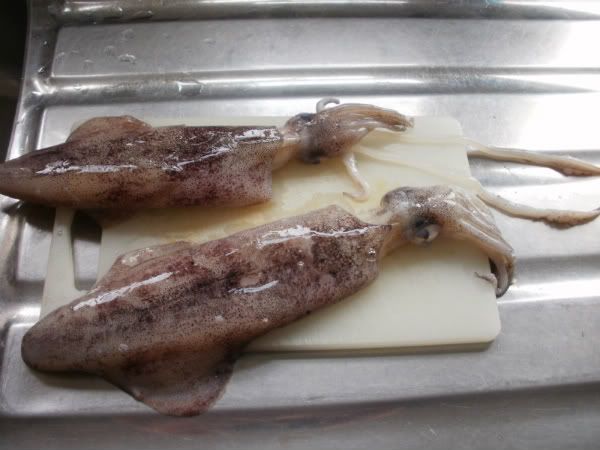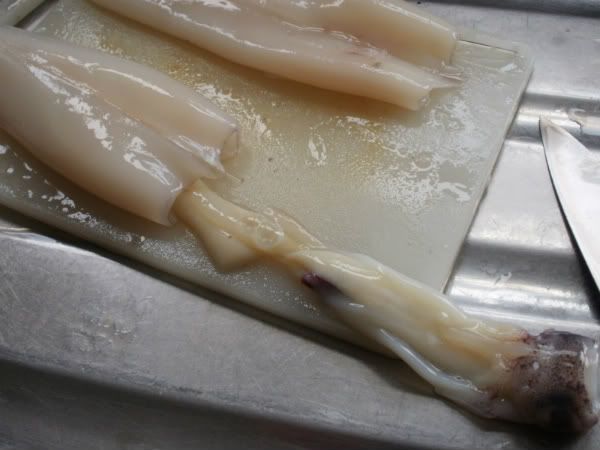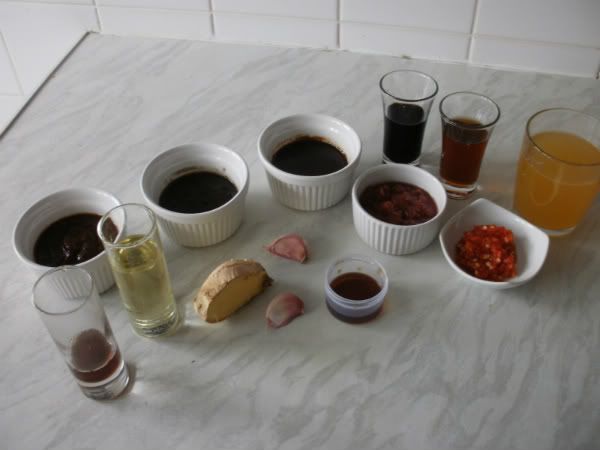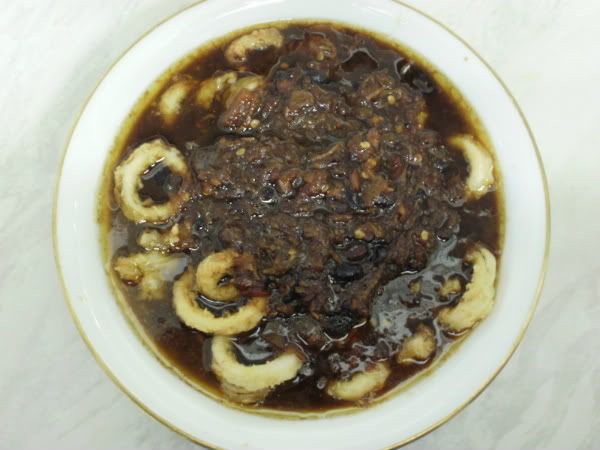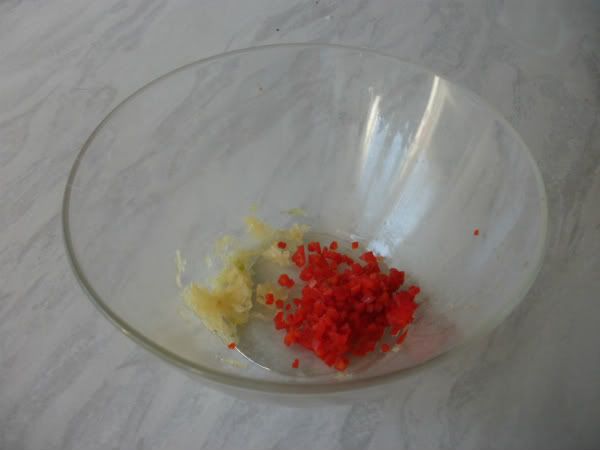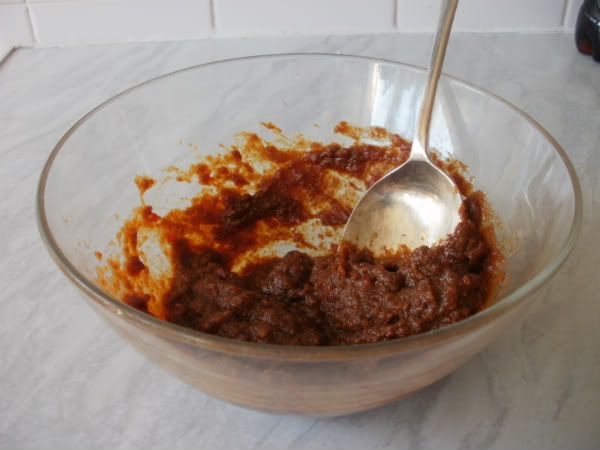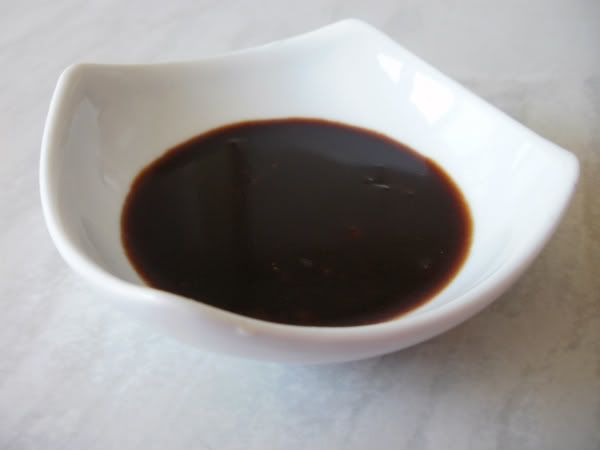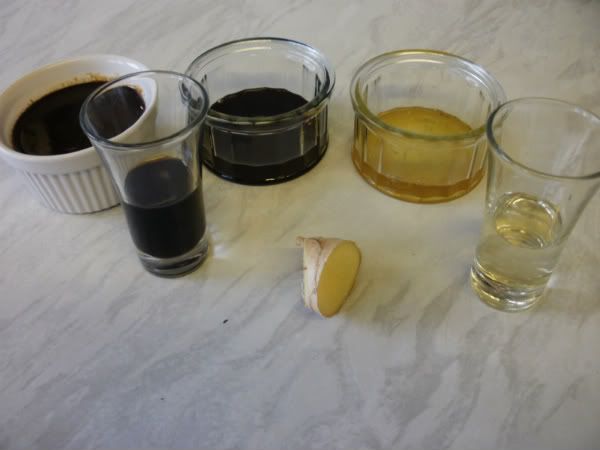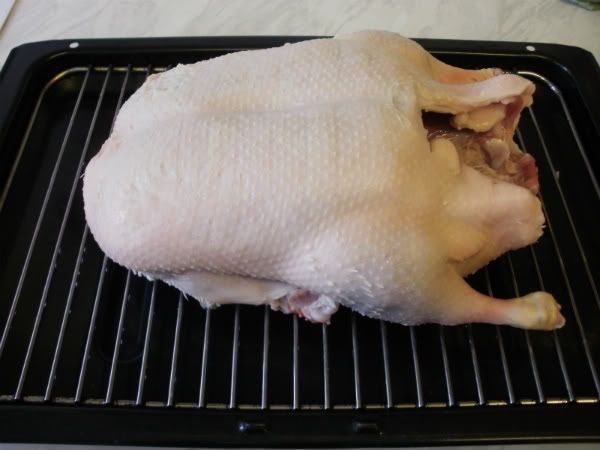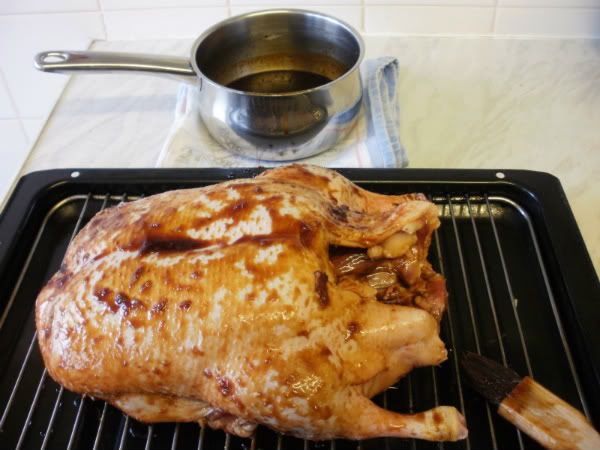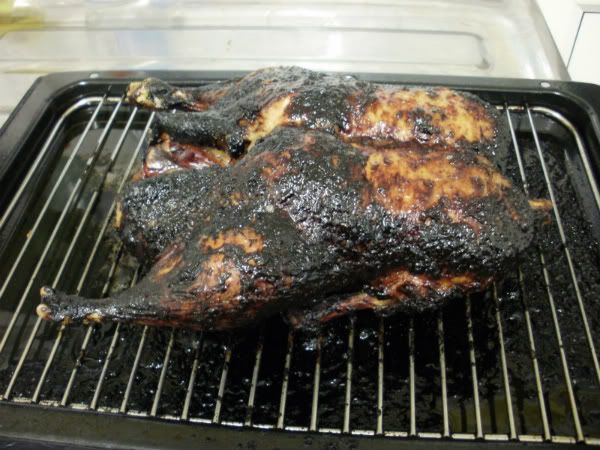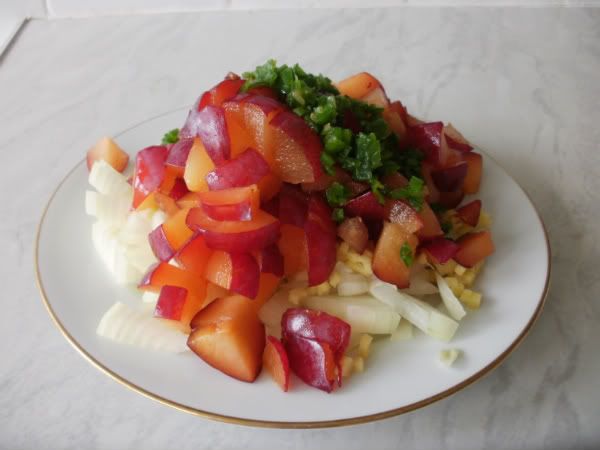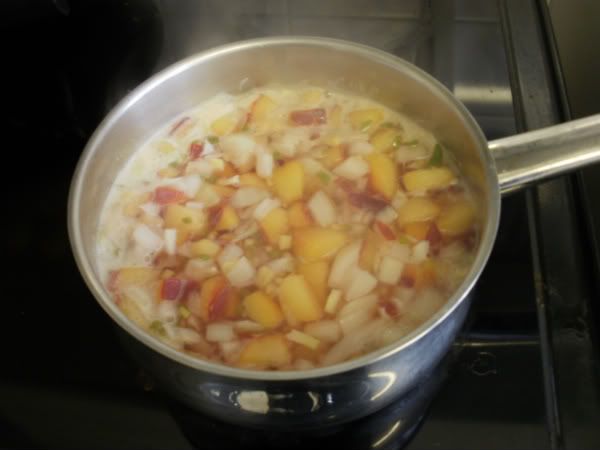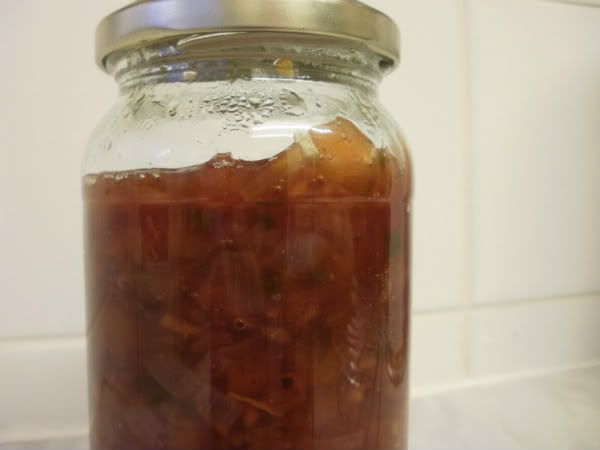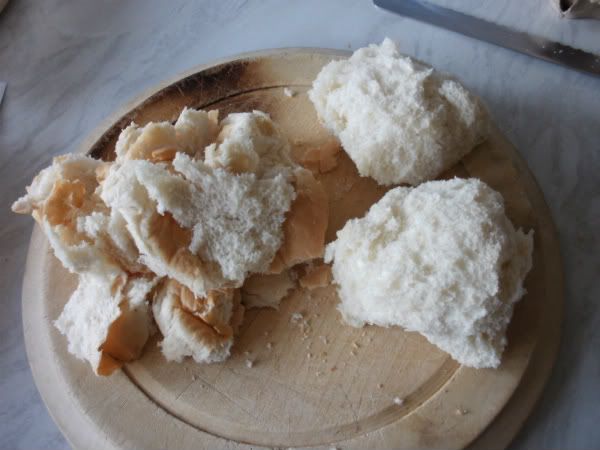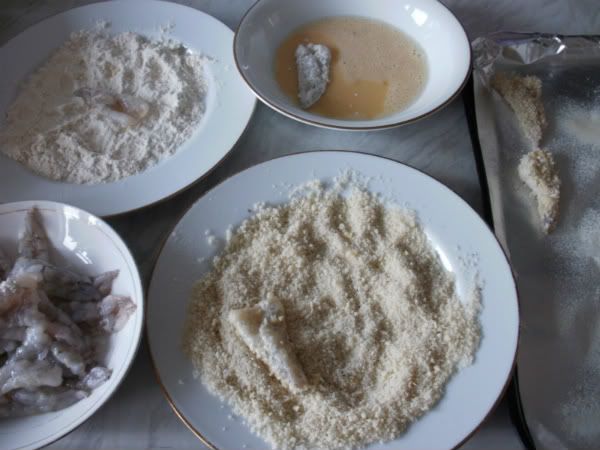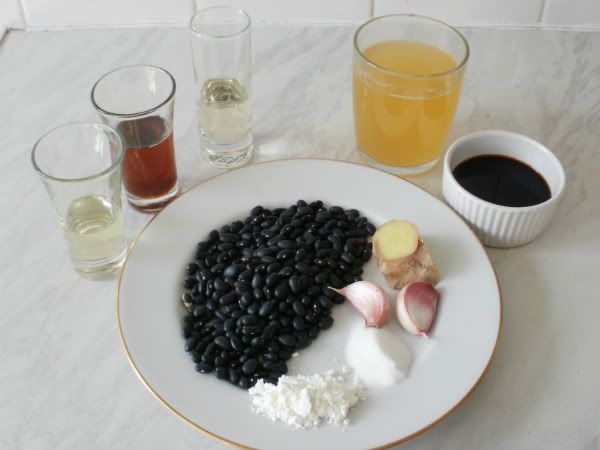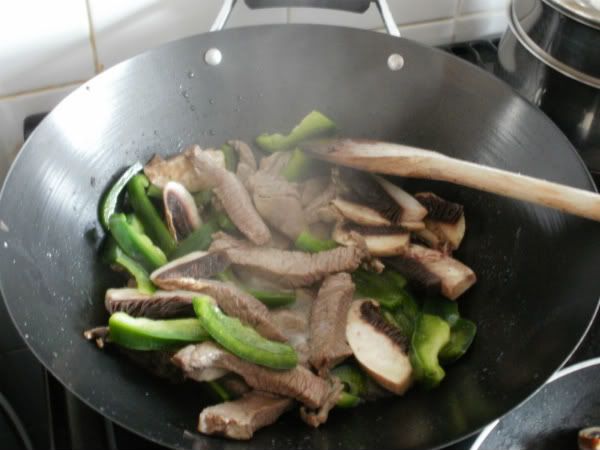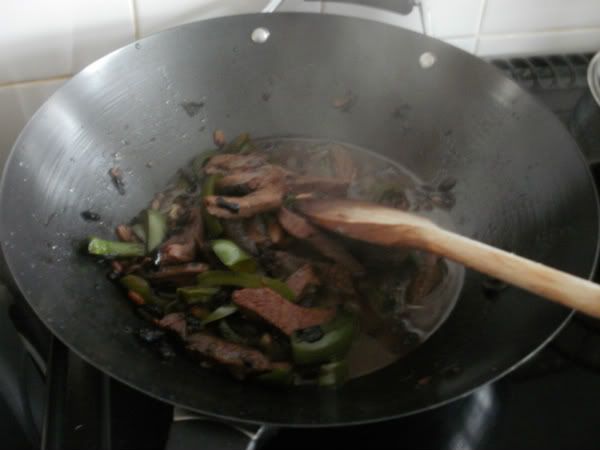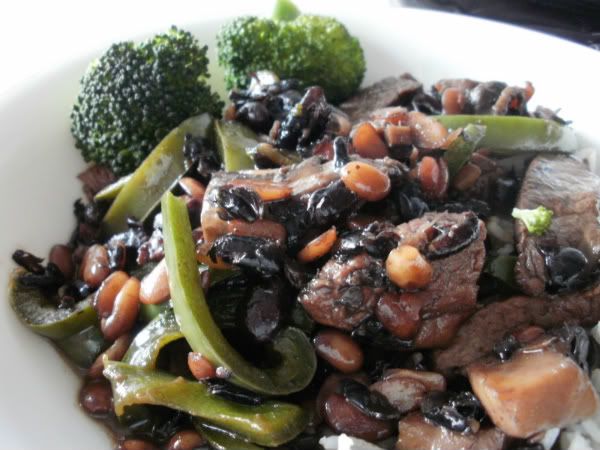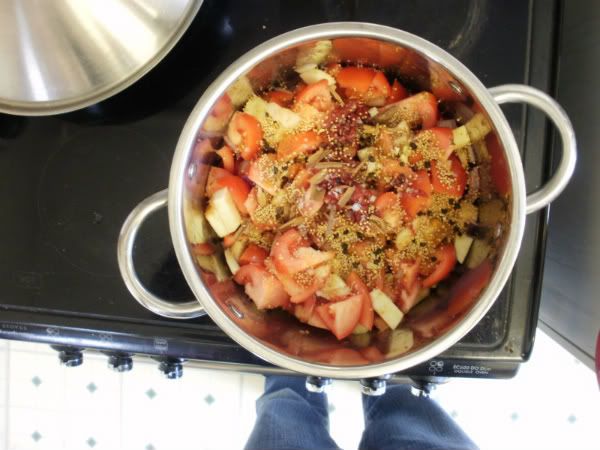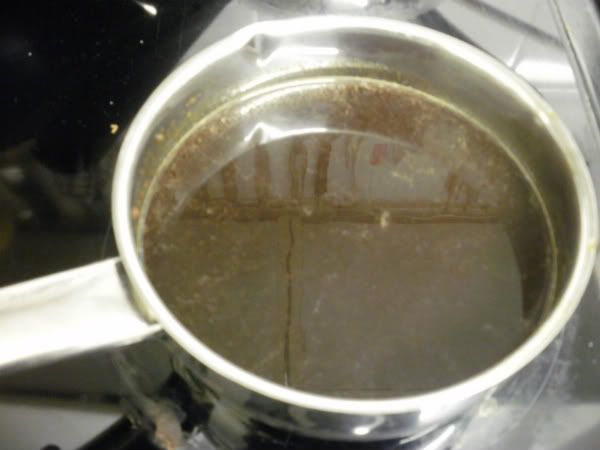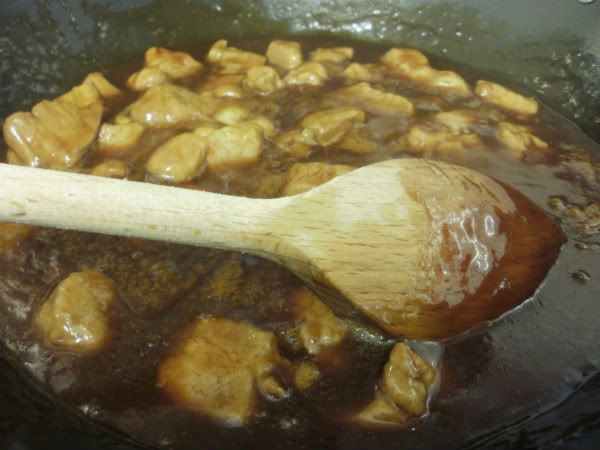Humans have been keeping chickens for a long time now. Over 3000 years ago geese and pidgeons and ducks were being bred in China. Before that though prehistoric man was capturing junglefowl and raising it for food, the red junglefowl from Southeast Asia still looks very similar to it's modern domestic cousin. Chickens were mainly bred for cock fighting, and in the 16th century they were introduced to America from Europe, around the same time the turkey made its way Eastward. In the 19th century cockfighting was outlawed in America and Great Britain and Canada, however poultry fanciers still used to raise chickens for exhibition purposes. The ancient Chinese and Egyptians already had the whole artificial incubation thing down but the meat and egg side of things really took off in the latter half of the 19th Century when it hit a more commercial scale. In the 1930s new scientific developments helped the industry leap forward and during WW2 food shortages led to even greater interest in poultry farming.
Generally, chickens raised for eggs are called laying hens and chickens raised for meat are called broilers. Obviously, as only female hens are any use for laying, male chicks are killed by CAK (Controlled Atmosphere Killing, basically gassing) and processed for pet food.
On a lighter note, welfare standards are on the up for the survivors. We're now up to almost 50% of all eggs sold in the UK coming from free range hens, and by free range thats no more than 1000 birds per hectare. Broilers too are doing a bit better, but the problem with keeping happier chickens is that not only do you have to spend a bit more on looking after them but you have to look after them for longer. Free range and organic chickens will grow at a slower and steadier rate and usually take about 8 weeks to reach a suitable weight for slaughter. Personally, I think it's worth the wait - I would rather eat a bird without hock burns on it legs, caused by the chicken's legs not growing at a rate to support its body and falling and wading in its own amonia and waste.
It's a discouraging buiness to enter in to given the profit margins, so next time you see an organic, corn fed, free range chicken in the supermarket I suggest paying that little bit more for it and make it go a bit further by buying 2 and butchering them yourself. Not only does the meat taste and look so much better, but you're doing your bit for chicken welfare.
